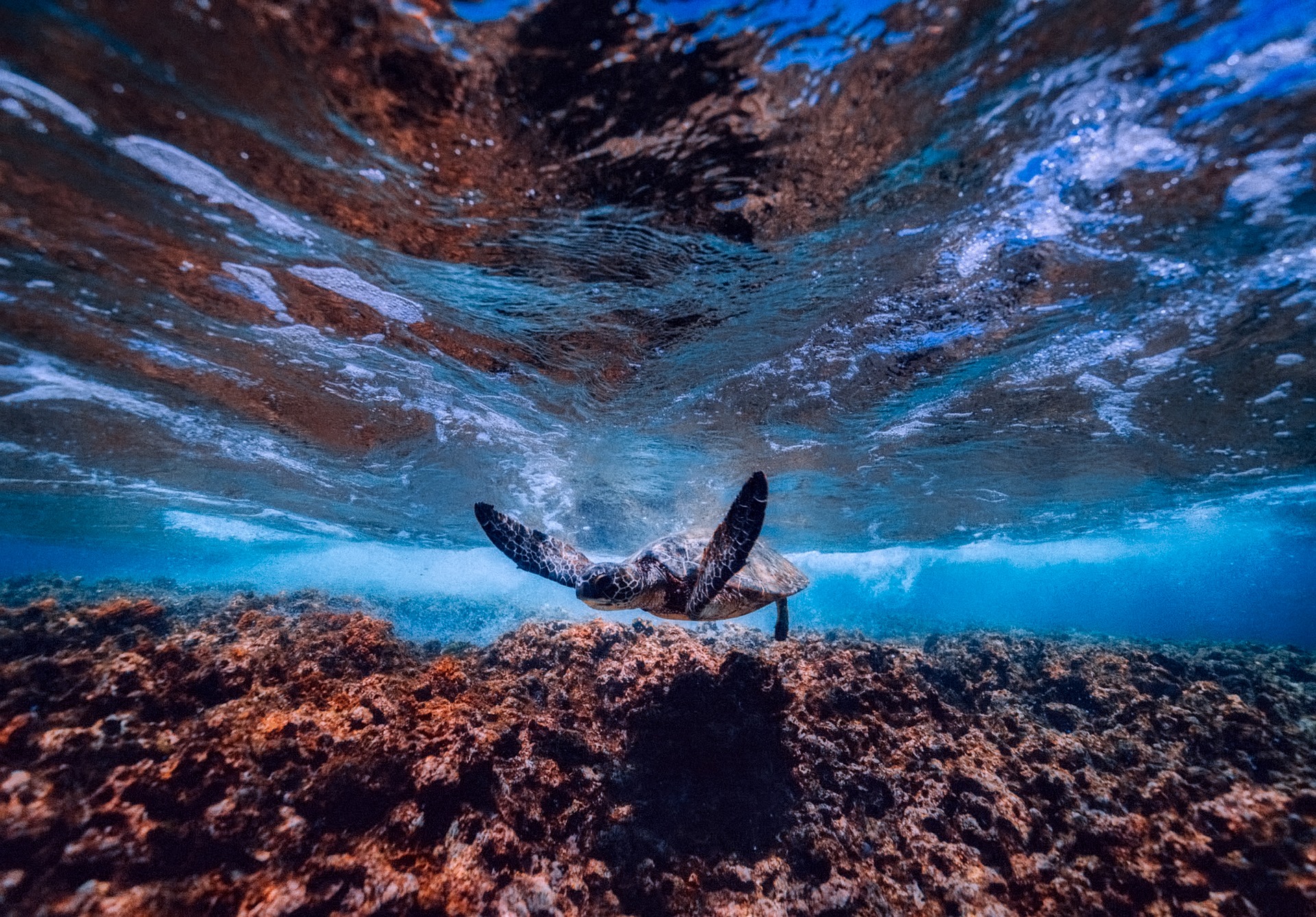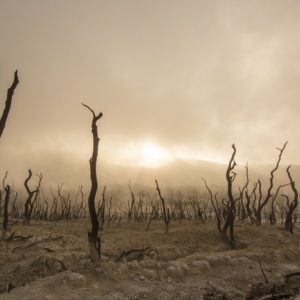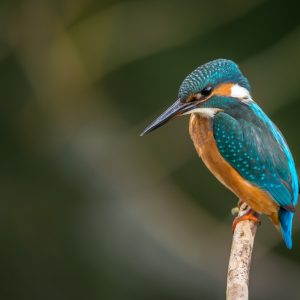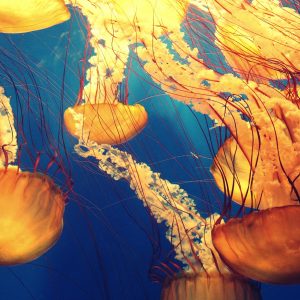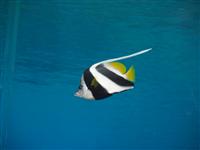 Develop a knowledge of marine life and ecology, whether for work or general interest. The first two lessons deal with marine environments (weather, nutrient cycle, reefs, shallow and deep water environments, etc). Lessons 3 to 8 deal mostly with marine animals, particularly more complex animals, and the last lesson considers human impacts upon marine environments.
Develop a knowledge of marine life and ecology, whether for work or general interest. The first two lessons deal with marine environments (weather, nutrient cycle, reefs, shallow and deep water environments, etc). Lessons 3 to 8 deal mostly with marine animals, particularly more complex animals, and the last lesson considers human impacts upon marine environments.
COURSE STRUCTURE
This course has 9 lessons as follows:
- Marine Ecology Systems
Ecology; Marine Weather (including El Nino, Thermocline, Gulf streams, etc), Continental shelf, Nutrient cycle, Red tide, Plankton, Marine Plants (including Mangroves, Shallow & Deep water algae, etc) - Shallow Waters & Reefs
Coral Reefs, Rocky Shorelines, Estuaries, Introduction to marine arthropods - Shellfish & Crustaceans
Molluscs and Brachiopods. True Crabs, Hermit Crabs, Lobsters, Prawns etc - Squid, Octopus, and Other Primitive Animals
(Cephalopods and Clupeoids, etc) - Fish Part A
(Cartilaginous Fish) Sharks, Eels, Rays; Shark Lifecycle, How dangerous are sharks? Effect of sharks on tourism, etc. - Fish Part B
(Bony Fish) Fish Anatomy/structure (identifying external & internal parts); legalities (protection of wildlife), types of fish, etc - Marine Mammals
(Dolphins, Whales, etc) Types of marine mammals, protection and politics, position of these animals in the food chain, products derived from marine mammals & substitutes for those products. - Turtles, Sea Snakes and Seabirds
Types of turtles & sea snakes; toxicity of sea snakes; turtle protection, penguins and other sea birds (eg stints, knots, pelicans, swans, gulls, eagles, ibis, egrets, terns, shearwaters, gannets, albatross, prions, oyster-catchers and petrels). - Human Impact on Marine Environments & Fishing
Human impact on marine environments; commercial vs recreational fishing, significance of certain mesopelagic fish, techniques for managing stocks of fish & other marine life.
AIMS
- Identify characteristics of various marine environmentsDiscuss the first basic groups of marine animal life
- Identify characteristics of various marine environments
- Discuss the first basic groups of marine animal life.
- Describe the range of molluscs and crustaceans in the marine environment and their lifecycles.
- Describe the biology and ecological significance of Cephalopods and Clupeoids in the marine environment.
- Describe a range of cartilaginous fish (sharks, rays) and selected bony fish (eels) that inhabit the ocean.
- Describe selected species and the diversity of marine fish that exists in the world?s oceans.
- Describe a range of marine mammals
- Discuss the presence of marine mammals in the seas and oceans of the world.
- Describe a range of reptiles and birds that co-habitat with fish in the marine environment.
- Explain the impact of humans upon marine environments and of selected aspects of commercial fishing.

